From Natural to Synthetic: Understanding Different Types of Fabrics

Exploring the Fascinating World of Fabrics, Their Types, and their Visual Splendor
Have you ever wondered about the multitude of fabrics that surround us, embracing our bodies, and adorning our living spaces? Fabrics are a fundamental part of our everyday life, adding comfort, style, and functionality to our wardrobes and homes. From the luxurious feel of silk to the durability of denim, fabrics come in a staggering variety, each with its unique characteristics and uses.
Understanding the different types of raw fabrics is crucial for anyone involved in the textile industry or interested in knowing more about the clothes they wear.
In this article, we will delve into the world of raw fabrics, exploring the differences between natural and synthetic varieties and discussing various blended options. So, let's begin our journey from natural to synthetic fabrics and discover the beauty and diversity of different types, showcasing captivating visuals, and unraveling the secrets behind their creation.
Different Types of Fabrics
Unveiling the Enchanting World of Natural Fabrics
Natural fabrics are derived from renewable sources, such as plants and animals. They have been used for centuries and offer unique qualities that make them desirable in different applications. Let's explore some popular natural fabrics:
1. The ever-so-popular cotton

Cotton is one of the most widely used natural fabrics and is derived from the fluffy fibers that surround the seeds of the cotton plant. It is known for its breathability, softness, and absorbency, making it suitable for a wide range of garments, from t-shirts to bedsheets. Cotton fabrics are easy to care for and comfortable to wear, but they may wrinkle easily and shrink after washing.
2. Silk - The Epitome of Elegance and Luxury

Silk, the epitome of elegance and luxury, holds an allure like no other fabric. Woven from the fibers produced by silkworms, silk fabric boasts a stunning luster and an unmatched smoothness. From glamorous evening gowns to exquisite scarves, silk adds a touch of sophistication to any ensemble. Did you know that it takes around 2,500 silkworms to produce one pound of silk? No wonder it's treasured so dearly!
3. Wool - Winter's Best Friend
Winter's best friend, wool fabric offers incredible warmth and insulation. Sourced from the fleece of sheep or other animals, wool is known for its natural crimp, elasticity, and breathability. Whether in the form of cozy sweaters or plush blankets, wool keeps us snug in chilly weather. Fun fact: The finest wool comes from merino sheep, renowned for their soft and fine fibers.
4. Linen - Light, Airy, and Chic
Light, airy, and effortlessly chic, linen fabric is perfect for hot summer days. Made from the flax plant, linen has a distinct texture that adds character to clothing and home furnishings. The best part? Linen's natural fibers become softer and more beautiful with each wash. It's like a fabric that ages gracefully, just like a fine wine!
Unleashing the Synthetic Wonders: Discovering Synthetic Fabric
As technology advanced, humans sought to create fabrics that could mimic the properties of natural fibers while offering additional benefits. Synthetic fabrics were born, showcasing an array of remarkable qualities. Let's dive into the captivating world of synthetic fabrics:
1. Polyester fabric, a true icon of the synthetic world
It's known for its durability, wrinkle resistance, and easy maintenance. From athletic wear to upholstery, polyester fibers are woven into an array of products. Plus, they often blend effortlessly with natural fibers, combining the best of both worlds. Fun fact: Polyester is derived from petroleum, making it an eco-friendly choice compared to crude oil.
2. Nylon: Strong, lightweight, and incredibly versatile

Nylon fabric has revolutionized the textile industry. Originally developed as a substitute for silk, nylon quickly found its place in various applications, from hosiery to parachutes. The strength of nylon fibers makes it a reliable choice for durable and long-lasting products. Did you know that nylon stockings were first introduced in 1939 and caused a sensation among women? They were considered a fashionable and practical alternative to silk stockings during the nylon shortage of World War II.
3. Rayon - Known as 'Artificial silk" due to its smooth texture and drape.
It's created from cellulose fibers derived from wood pulp, rayon combines the breathability of natural fibers with the versatility of synthetics. It's used in a wide range of products, including clothing, upholstery, and bed linens. Fun fact: Rayon was first developed as a less expensive alternative to silk in the late 19th century. Its affordability made it accessible to a broader audience, while still providing a luxurious feel.
4. Acrylic
When it comes to warmth and softness, acrylic fabric takes the spotlight. This synthetic fiber is known for its excellent insulation properties and resistance to stretching and shrinking. Often used in knitwear and blankets, acrylic offers a budget-friendly alternative to natural fibers like wool. Did you know that acrylic fabric is created through a process called polymerization? It involves combining chemicals to form long, interconnected fibers that are then spun into yarn. It's like a science experiment that results in cozy comfort!
5. Spandex - The stretchy superhero of fabrics!

If you've ever slipped into a pair of leggings or donned a swimsuit, chances are you've experienced the incredible elasticity of spandex. This synthetic fiber, also known as Lycra or elastane, provides exceptional flexibility and shape retention. It's often blended with other fabrics to enhance their stretchiness and ensure a snug fit. Fun fact: The name "spandex" is an anagram of "expands," perfectly capturing the fabric's ability to stretch and recover.
Unleashing the Blended Options
Blended fabrics are created by combining different fibers to enhance their qualities and overcome their limitations. Blending natural and synthetic fibers can result in fabrics that offer the best of both worlds. Here are some common examples:
1. Cotton-Polyester
Cotton-polyester blends combine the natural breathability and softness of cotton with the durability and wrinkle resistance of polyester. These fabrics are commonly used in everyday clothing, such as t-shirts, jeans, and casual wear. Cotton-polyester blends are easy to care for, retain their shape well, and are more affordable compared to pure cotton fabrics.
2. Silk-Wool
Silk-wool blends bring together the luxurious feel and draping qualities of silk with the warmth and insulation properties of wool. These fabrics are often used in high-end fashion, formal wear, and winter clothing. Silk-wool blends provide a balance of elegance, comfort, and functionality.
3. Polyester-Rayon
Polyester-rayon blends offer a combination of durability, moisture-wicking properties, and affordability. These fabrics are commonly used in sportswear, uniforms, and workwear. Polyester-rayon blends are easy to care for, resist wrinkles, and offer a comfortable fit.
Pros & Cons of Different Types of Fabrics
Each type of fabric has its advantages and disadvantages. Here's a quick overview of the pros and cons of natural, synthetic, and blended fabrics:
Natural Fabrics
- Pros: Breathable, comfortable, biodegradable, renewable, and environmentally friendly.
- Cons: May wrinkle, shrink, or require special care, can be more expensive.
Synthetic Fabrics
- Pros: Durable, wrinkle-resistant, easy to care for, often more affordable, and offer specific performance properties.
- Cons: Less breathable, may cause discomfort in hot weather, not biodegradable.
Blended Fabrics
- Pros: Combine the benefits of different fibers, offer improved durability, comfort, and affordability.
- Cons: May retain some limitations of the individual fibers, blending ratios can affect fabric properties.
Conclusion
From the embrace of natural fabrics to the innovation of synthetic wonders, the world of fabrics is a treasure trove of possibilities. Each type of fabric offers its own unique qualities and characteristics, catering to various needs and preferences. Whether you prefer the luxurious touch of silk, the cozy warmth of wool, or the easy-care convenience of polyester, there's a fabric out there for every occasion.
As we've explored the diverse landscape of fabrics, we've witnessed the ingenuity of humans in creating textiles that enhance our lives. Natural or synthetic, these fabrics have woven their way into our everyday experiences, bringing comfort, style, and functionality.
So, next time you slip into your favorite outfit or snuggle up in a cozy blanket, take a moment to appreciate the craftsmanship and artistry behind the fabrics that make our world a more colorful and comfortable place.






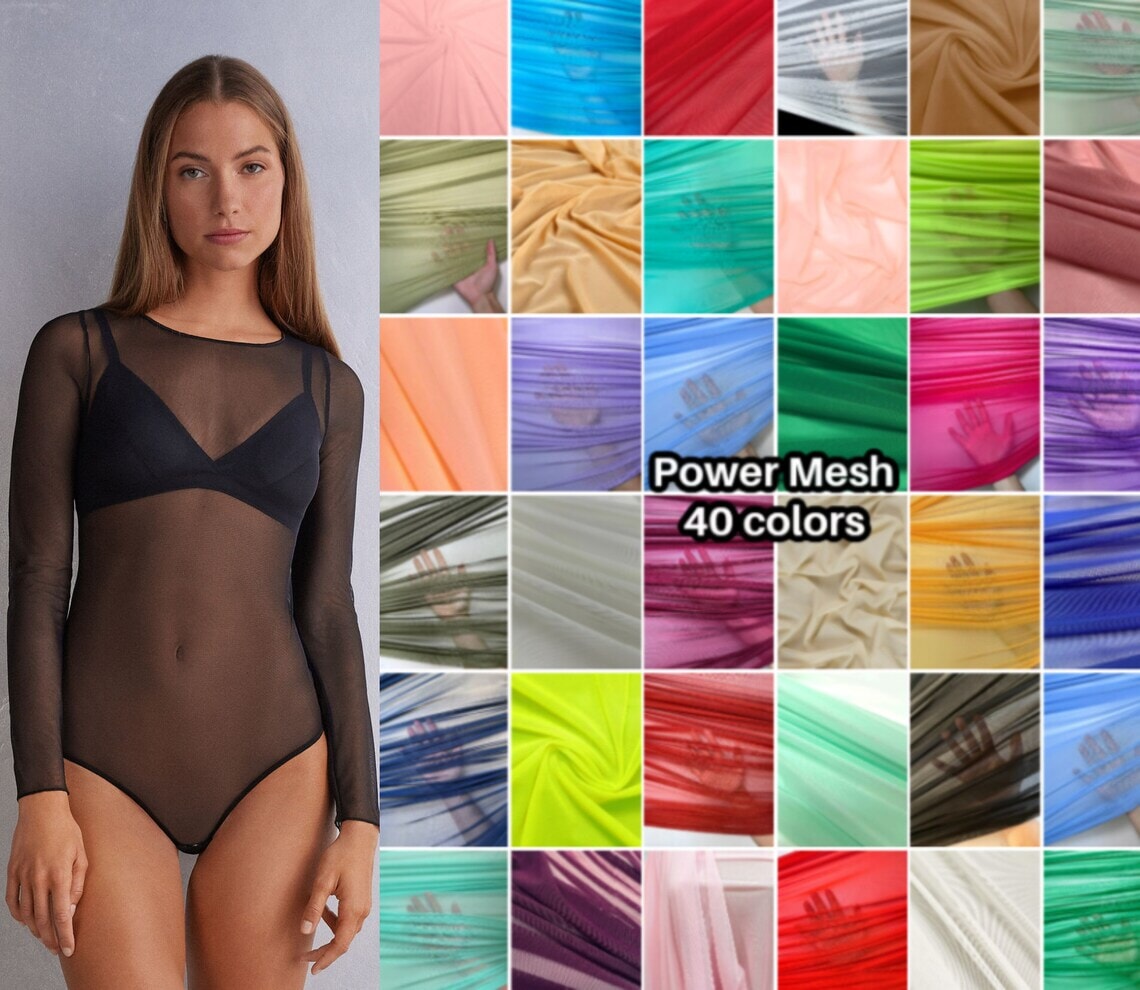
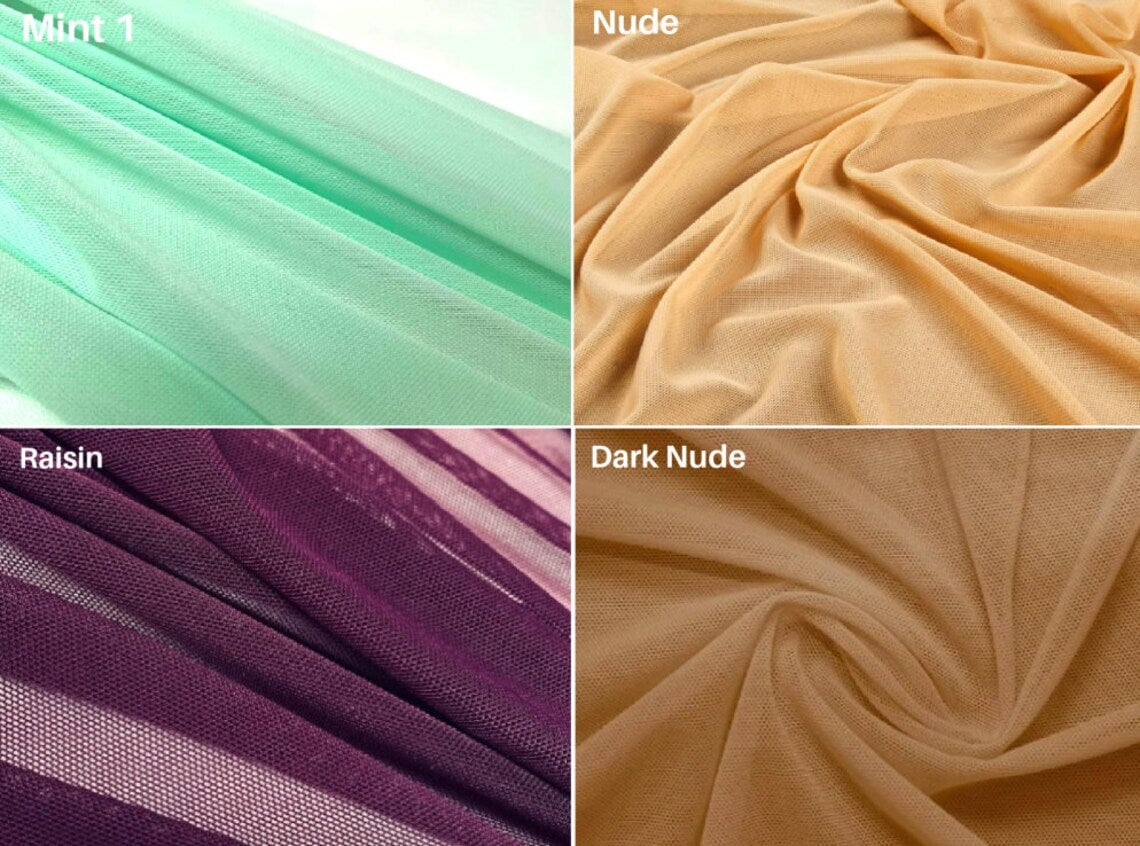
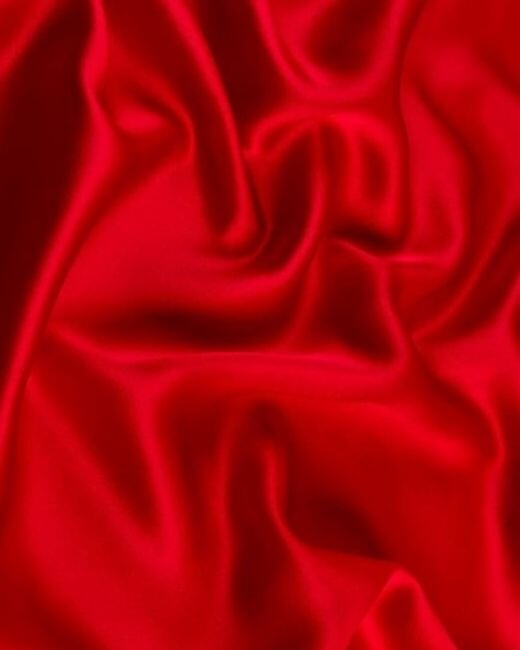
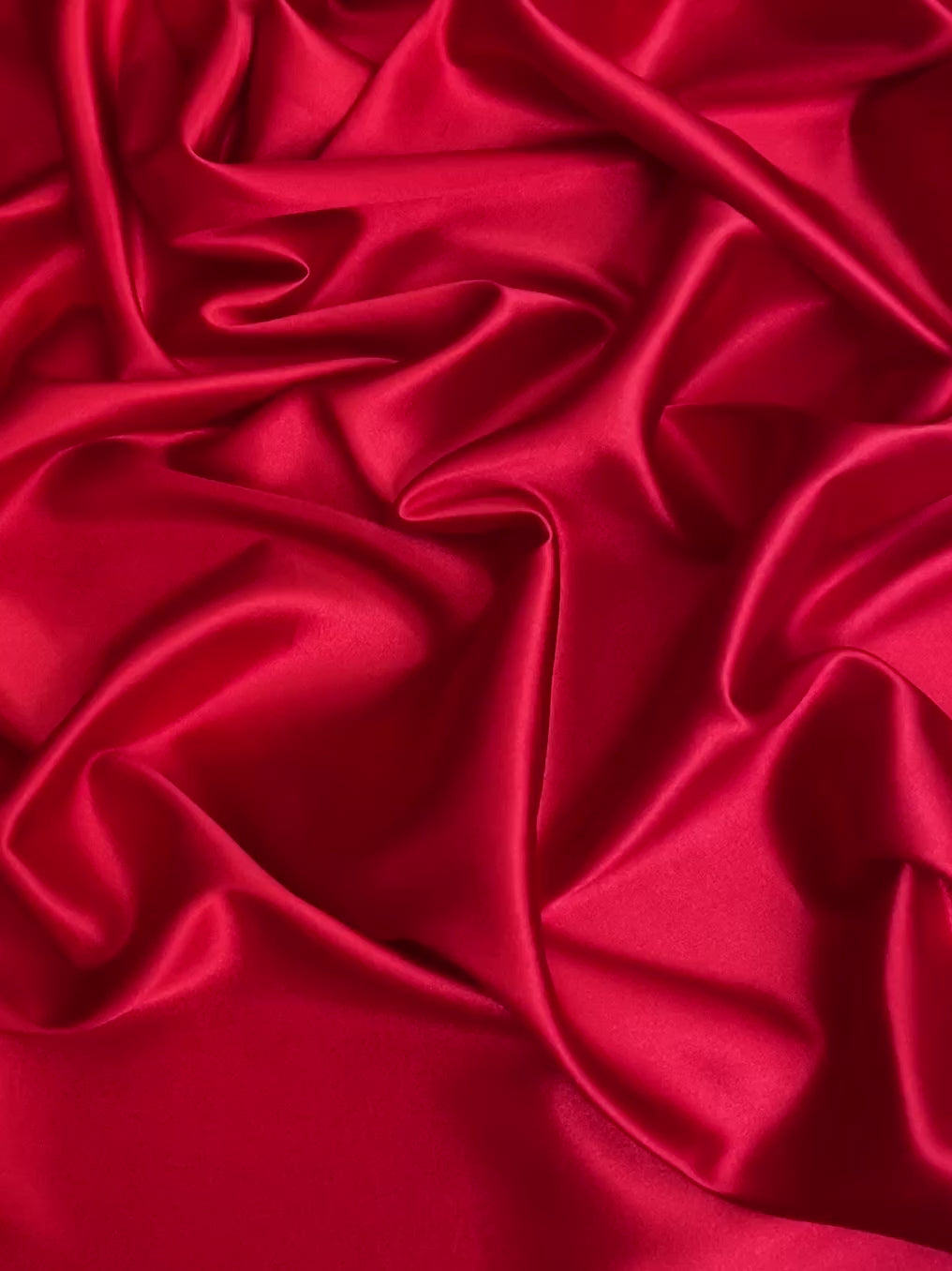
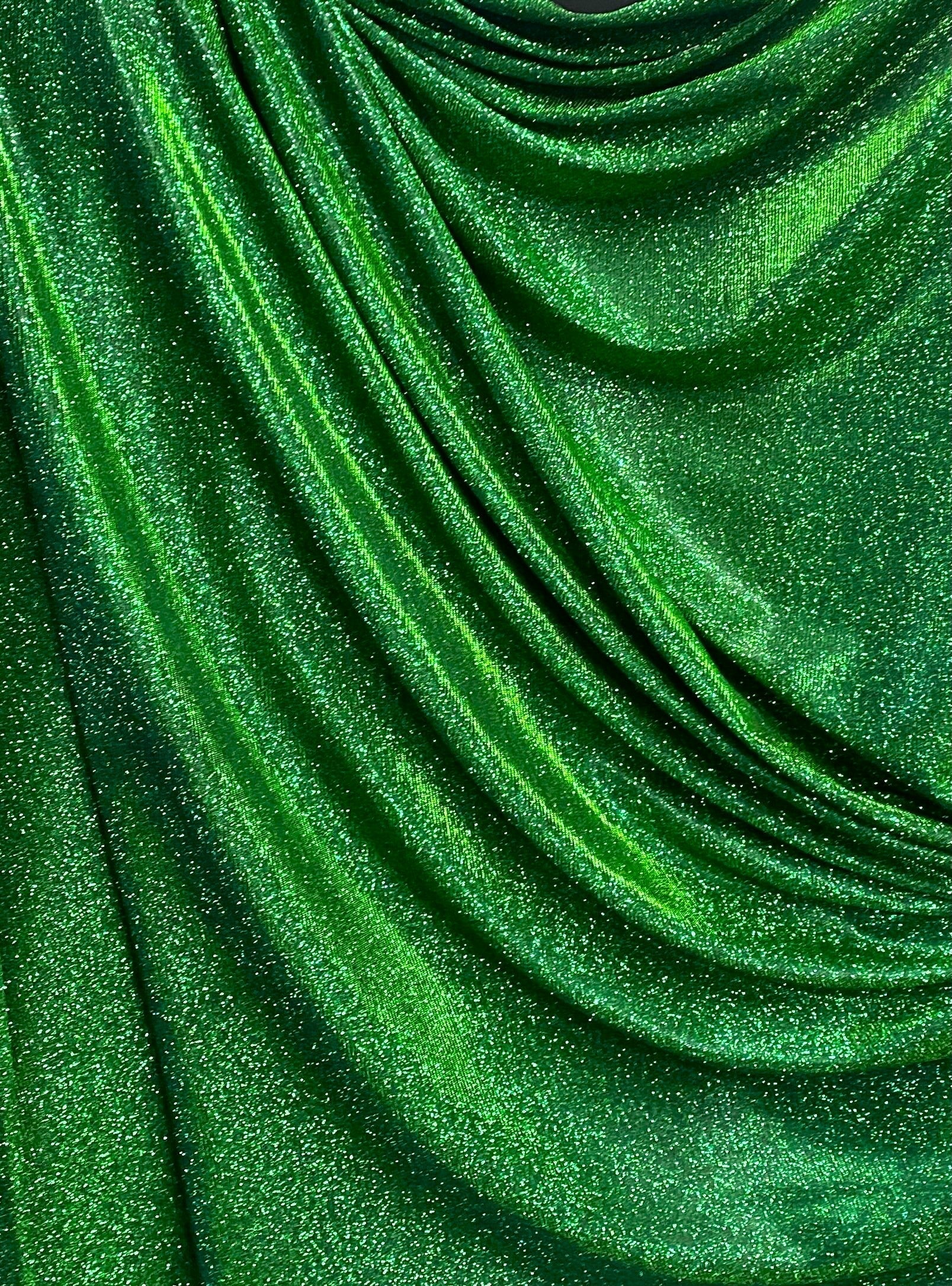
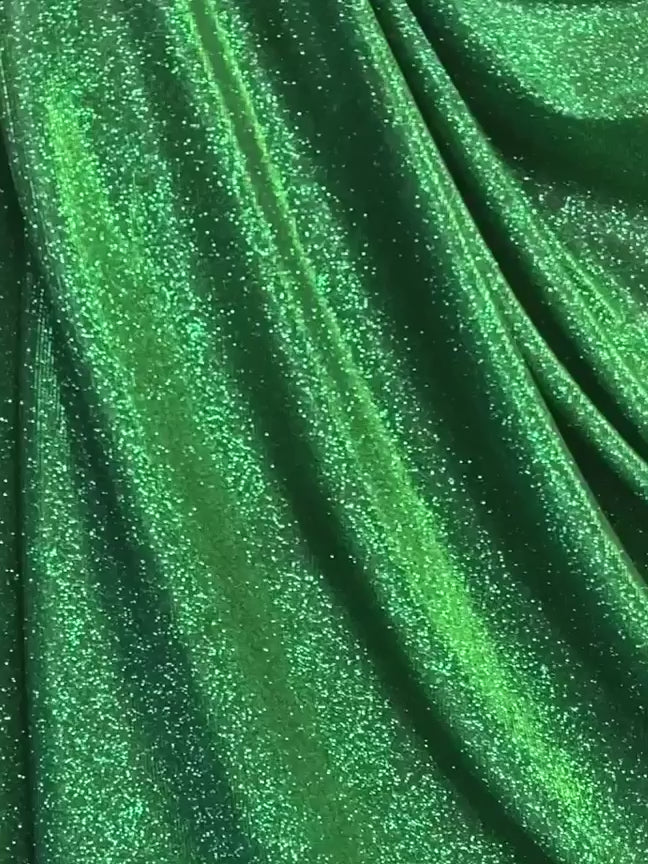
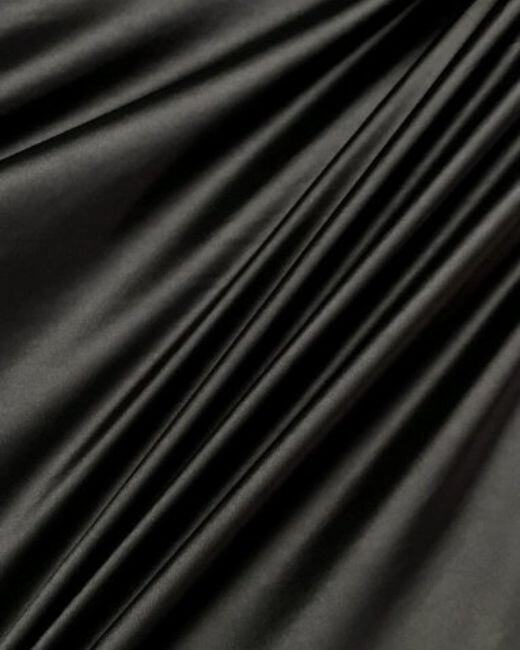
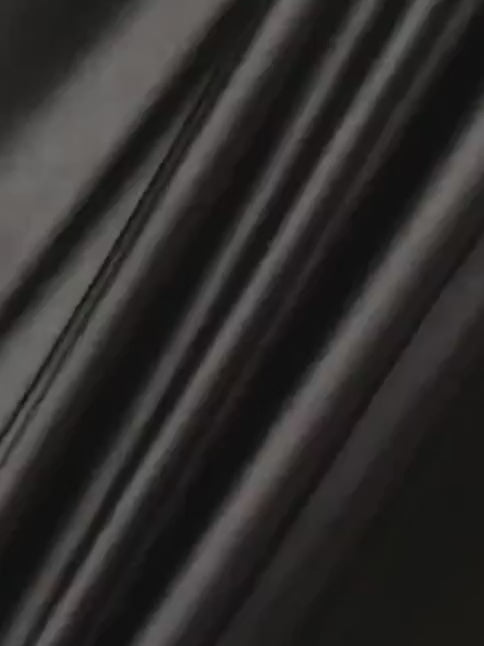
Leave a comment